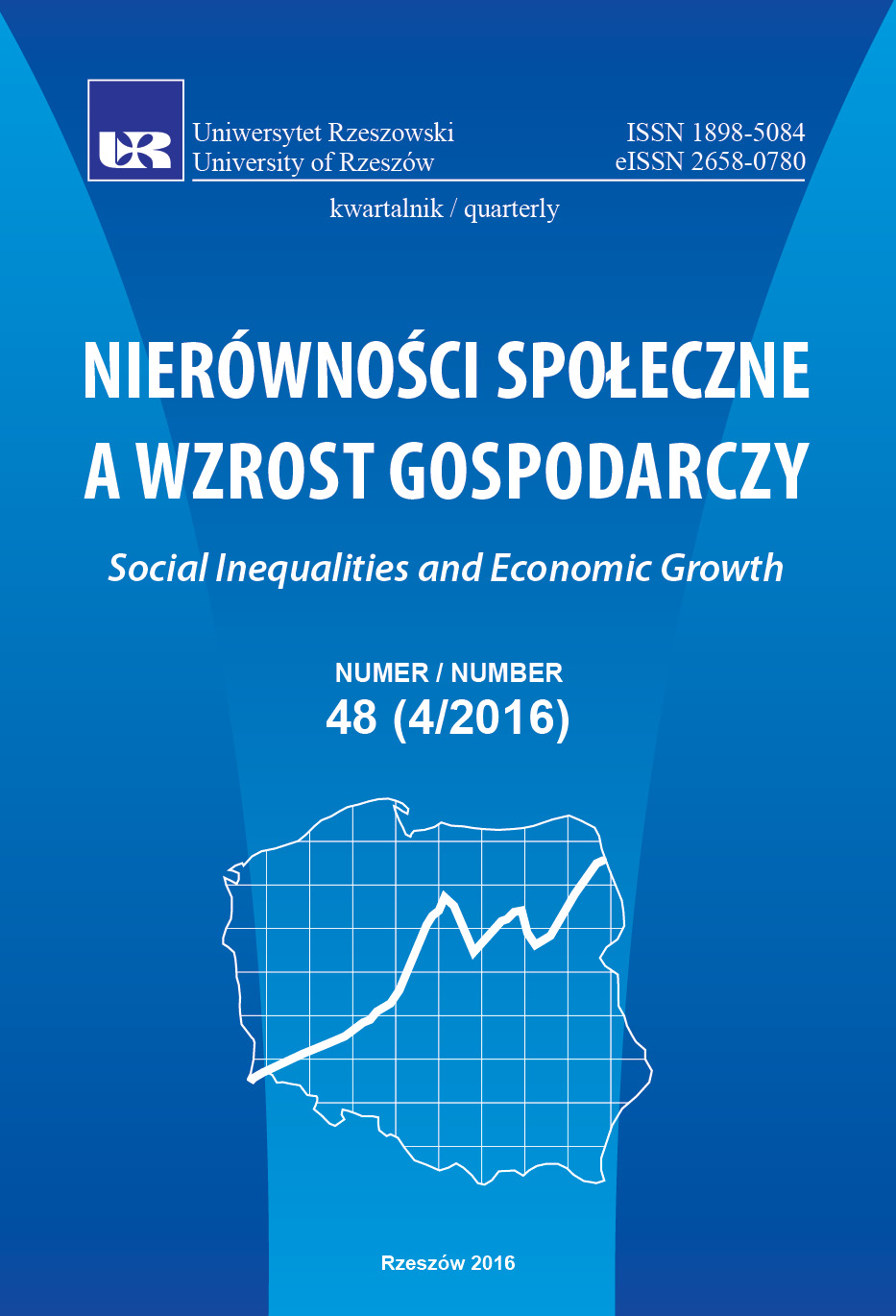Quality of Healthcare Services in Sanatoriums
DOI:
https://doi.org/10.15584/nsawg.2016.4.18Keywords:
quality of service, health care service, sanatoriumAbstract
High quality of services rendered is a priority of health care entities. The purpose of the research was to evaluate health services produced in sanatoriums, thus, the issues discussed in this paper included characteristics of health services; concepts of health services produced in sanatoriums; as well as the results of research concerned with quality of care in sanatoriums. The method used for data collection was questionnaire survey which was built with tools allowing to evaluate quality of services in public and private health care entities. For the purpose of collecting data necessary to evaluate quality of services produced, two questionnaires were used. One of them was addressed to patients who stood in the sanatoriums, while the other was addressed to residents of town where sanatorium was located and who used sanatorium services. 280 questionnaires properly filled by sanatorium patients and 72 questionnaires properly filled by town residents using sanatorium services were included in the analysis. The data collected allowed for evaluation of living conditions, opinions about personnel, clients' expectations related to health services and supplementary services during stay in sanatorium. The data was collected in three sanatori-ums in Inowrocław. Based on the survey conducted it was concluded that the sanatorium patients perceived quality of services as satisfactory. Respondents gave high rates for living conditions as well as medical and technical personnel's work. A small group of respondents that were less satisfied with services is an important sign for management of the entities that should encourage them to take actions toward increasing quality of services allowing to obtain higher rates in the future.Downloads
Download data is not yet available.
Downloads
Published
2020-11-13
How to Cite
Wyszkowska, Z. (2020). Quality of Healthcare Services in Sanatoriums. Social Inequalities and Economic Growth, 4(48), 256–264. https://doi.org/10.15584/nsawg.2016.4.18
Issue
Section
Articles
License
Copyright (c) 2016 University of Rzeszow

This work is licensed under a Creative Commons Attribution-ShareAlike 4.0 International License.


